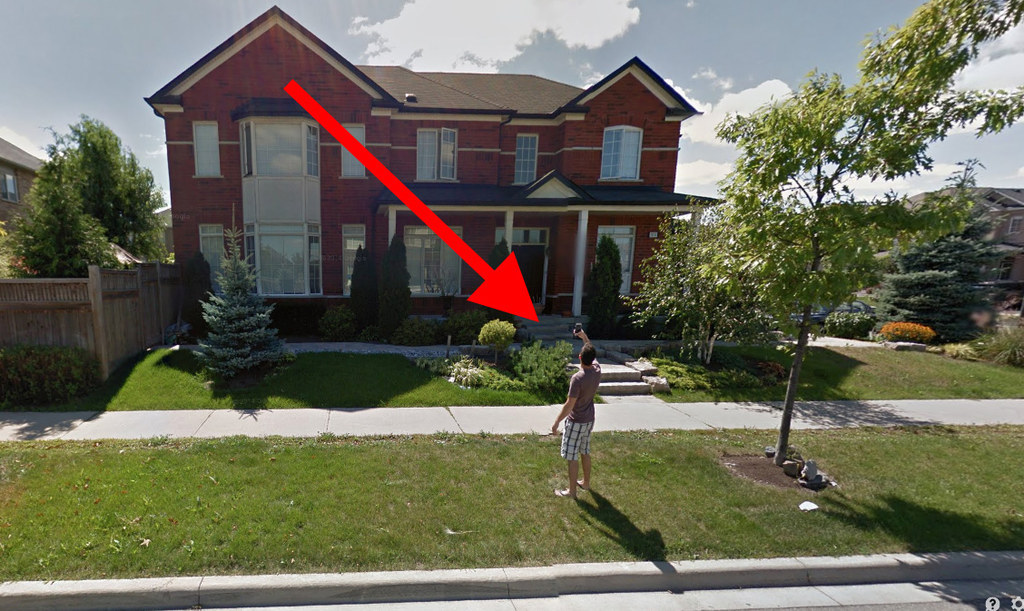
When searching the app store, you'll find many apps designed for that purpose, and not skywatching. These are the satellites that you aim your satellite TV dish at. At their extremely distant orbits, the Earth's shadow covers only a small patch of the sky, so they can appear all night long. In the night sky, geosynchronous satellites are concentrated in a strip running several degrees below the celestial equator. While observing with your telescope, you might spot one moving very slowly against the background stars. At that range, this type of satellite will be dim. To do this, they need to orbit above Earth's equator, at 22,236 miles (35,786 km) above sea level. Telecommunication and some surveillance satellites have geosynchronous orbits designed to keep them in view from the same spot on Earth at all times. If you see an object with flashing lights, it's an aircraft. Other than crewed vehicles, satellites do not have lights - and no artificial light in orbit would be bright enough to spot from the ground anyway. Most satellites shine with a steady light, but objects that are tumbling can glow and darken as they travel. The brightness of a satellite depends on its distance from you and on how much sunlight it deflects toward you, which is a function of both its flat surface area and reflectivity. Satellites can also pop into view when they exit the shadow. When a passing satellite seems to disappear, it has entered Earth's shadow - a circular patch of the sky where the sunlight can't reach it. That's why most satellites are seen an hour or two before dawn and after dusk. Orbiting satellites are visible to us because they are high enough overhead to be illuminated by sunlight, even when the sun is below the horizon for ground observers.

(Image credit: Alan Dyer/Stocktrek Images via Getty Images) (opens in new tab)


The ISS' orbit is approximately 250 miles (402 km) high, so it is one of the objects that completes one orbit of the Earth every 92.5 minutes (or 16 per day).


 0 kommentar(er)
0 kommentar(er)
